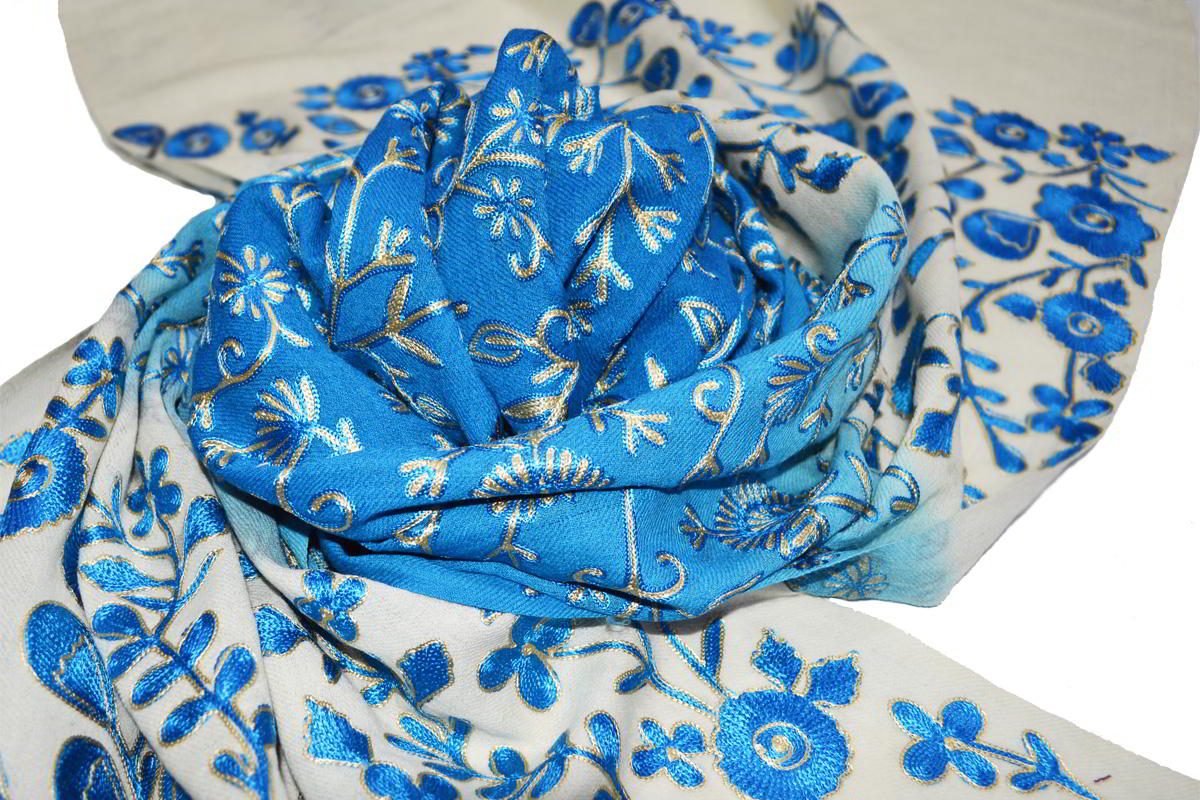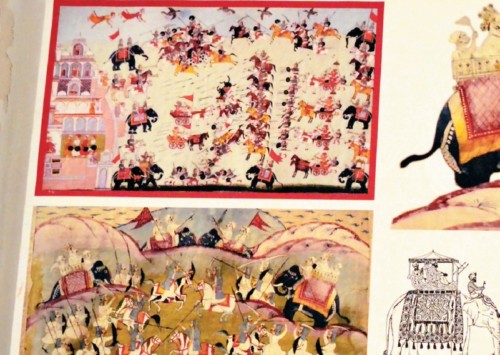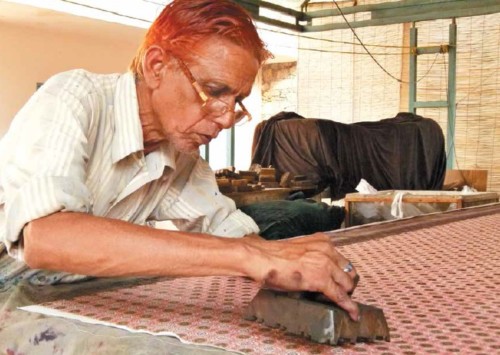Indian wool industry attaining world recognition

Indian floccus have been well known and admired across the world for their beauty, texture and craftsmanship
Indian fabrics, processing methods, art and its unique cultural distinction have been drawing attention from various parts of the world for years now. After famous Indian fabrics like pure cotton, tussar silk and khadi (hand-spun and hand-woven cloth), it’s the Indian wool and weaving techniques, which are in the limelight now.
The Indian textile industry and fabrics have traced an impression in the global market over the decades now. From cashmere pashmina wool, mohair wool to the angora wool, Indian floccus have been well known and admired across the world for their beauty, texture and craftsmanship.
Apart from silk, cotton and khadi, which reign the oral history of weaving in India, the rhetorical style of knitting bright-coloured wool in states like Himachal Pradesh, Jammu & Kashmir and Punjab, among others, is very popular in the country and is also gaining recognition abroad.

The textiles made from Pashmina, a fine type of cashmere wool, were first woven in Kashmir and the word literally means ‘Soft Gold’ in Kashmiri language
The wool industry in India is a source of livelihood for many in the rural areas. The fabric used to manufacture rugs, apparel, quilts, finished textiles and knitwear particularly in the Indian states of Rajasthan, Punjab, Jammu & Kashmir, Karnataka, Gujarat, Uttar Pradesh Uttaranchal, Andhra Pradesh, Maharashtra and Haryana.
India is the seventh largest wool producer in the world and has a huge wool production capacity with sufficient raw material, manufacturing capacity, a large pool of skilled and cheap work force, big export potential, large domestic market and very low import content, because of which the US, Europe, Middle East, Latin America, South East Asia and East Asia are key export markets for Indian wool and its blended products.
‘The Living Lightly: Journeys of Pastoralists – Must explore beautiful shawls woven in black sheep wool. pic.twitter.com/mUbhouzM3h
— Maneka Gandhi (@Manekagandhibjp) December 6, 2016
Make in India
In a recent development, the Woolmark Company, based in Australia and India, hosted a fashion event at The Grand Hotel, Vasant Kunj in New Delhi, titled ‘Grown In Australia, Made In India’ to discuss the potential of merino wool in India, especially when blended with other fibres like bamboo, cashmere and polyester.
Designers like Suket Dhir, Nachiket Barve, Ritu Kumar, Janne Einola – CEO and country head of H&M India – and Ram Bhatnagar – Vice President of Raymond Textiles, graced the occasion with their presence and raised a potential possibility of using the trans-seasonal fabric even in summer.
The company has started its journey for this concept with the Bhutti Weavers of Himachal who in India with the merino wool grown in Australia. Artisans of Bhuttico knit woollen scarves, stoles, dresses, jackets, ties and socks, along with other accessories, to showcase the heritage of handloom weaving in India to the world.

Himachali Kinnauri stole with bright geometrical patterns is counted among the top end products of Bhuttico’s new generation heritage and is acknowledged as one of the most difficult to create
“The farm-to-fashion journey truly highlights how merino wool can beautifully be transformed into fashion pieces here in India. We encourage the use of wool as a natural fibre as we aim to promote the Indian wool industry,” said Union Textiles Minister, Smriti Irani.
As wool consumption is expected to increase to 260 million kilogram by 2019-20, it is yet to see if the Indian wool industry witness a further boost.














